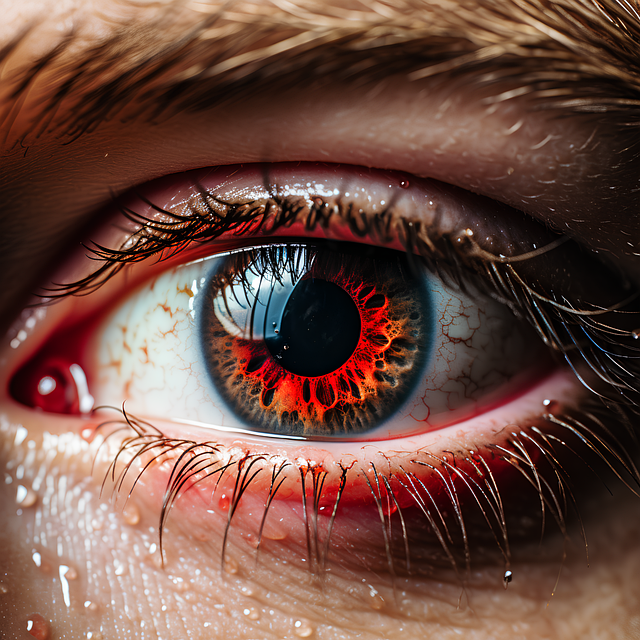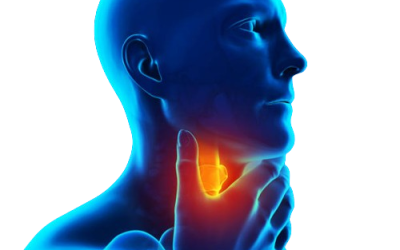.Dry Eye: Understanding the Causes, Symptoms, and Treatment
Introduction
Dry Eye (also known as Dry Eyes syndrome or Dry Eye Disease) is a common condition that affects millions of people worldwide. It occurs when the quantity or quality of tears produced by the eyes is inadequate to keep them lubricated and nourished. Dry eyes can have a significant effect on the life of its patients as it affects daily activities such as reading, driving e.t.c
Causes of Dry Eye
Several factors can contribute to the development of Dry Eye. One of the primary causes is a decrease in tear production due to aging. As we get older, our tear glands may produce fewer tears, leading to dryness. Environmental factors can also play a role, such as dry climates or exposure to wind and smoke. Certain medications, such as antihistamines and antidepressants, can reduce tear production, exacerbating Dry Eye symptoms. Additionally, medical conditions like diabetes, autoimmune diseases, and hormonal changes in women can contribute to Dry Eye.
Symptoms of Dry Eye
Dry eyes can manifest with a variety of symptoms, ranging from mild to severe. Common symptoms include:
- Gritty sensation in the eyes, redness, burning or stinging,
- Excessive tearing (as a result of an overcompensation mechanism by the eyes),
3. Sensitivity to light, blurred vision, and eye fatigue. Some individuals may experience difficulty wearing contact lenses or notice an increase in eye discomfort during activities that require extended visual concentration, such as reading or using a computer.
I. Eyes feel Irritated and Dry.
II. You feel there is something in the eyes.
III. You may feel burning or itching in the eyes.
Treatment of Dry Eye
Fortunately, numerous treatment options are available to alleviate the symptoms and manage Dry Eye effectively. The choice of treatment depends on the severity and underlying causes of the condition.
- Artificial Tears: Lubricating eye drops, also known as artificial tears, can provide temporary relief by supplementing the natural tear film and moisturizing the eyes. There are various types of artificial tears available, so it is advisable to consult with an eye care professional to determine the most suitable option for your specific needs.
- Lifestyle Modifications: Making simple changes to your daily habits can help alleviate Dry Eye symptoms. Avoiding direct exposure to dry air, wearing wraparound sunglasses to reduce wind exposure, using a humidifier to add moisture to indoor environments, and taking regular breaks during visually demanding tasks are all beneficial measures.
- Prescription Medications: In cases where artificial tears and lifestyle changes are not sufficient to manage Dry Eye, prescription medications may be recommended. These can include anti-inflammatory eye drops, immune system modulators, or medications to promote tear production.
- Punctal Plugs: This procedure involves the placement of small plugs, or tiny “plugs,” in the tear drainage ducts of the eyes. By blocking the tear drainage, punctal plugs help retain tears on the ocular surface, increasing moisture and reducing Dry Eye symptoms.
- Intense Pulsed Light (IPL) Therapy: IPL therapy has shown promising results in managing Dry eyes associated with certain eyelid conditions. The treatment involves the use of light energy to heat the eyelid glands, unclogging them and improving their function.
Conclusion
Dry Eye is a common condition that can significantly impact your quality of life. By understanding its causes, recognizing the symptoms, and exploring the available treatment options, you can take proactive steps toward managing and finding relief from Dry Eye. Remember, it’s essential to consult with an eye care professional for an accurate diagnosis and personalized treatment plan.




